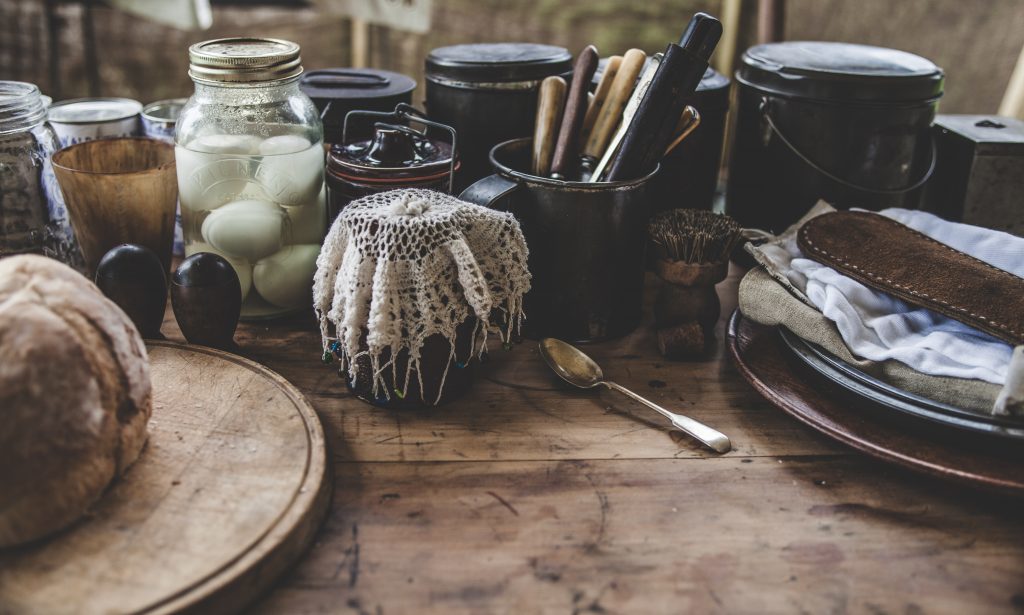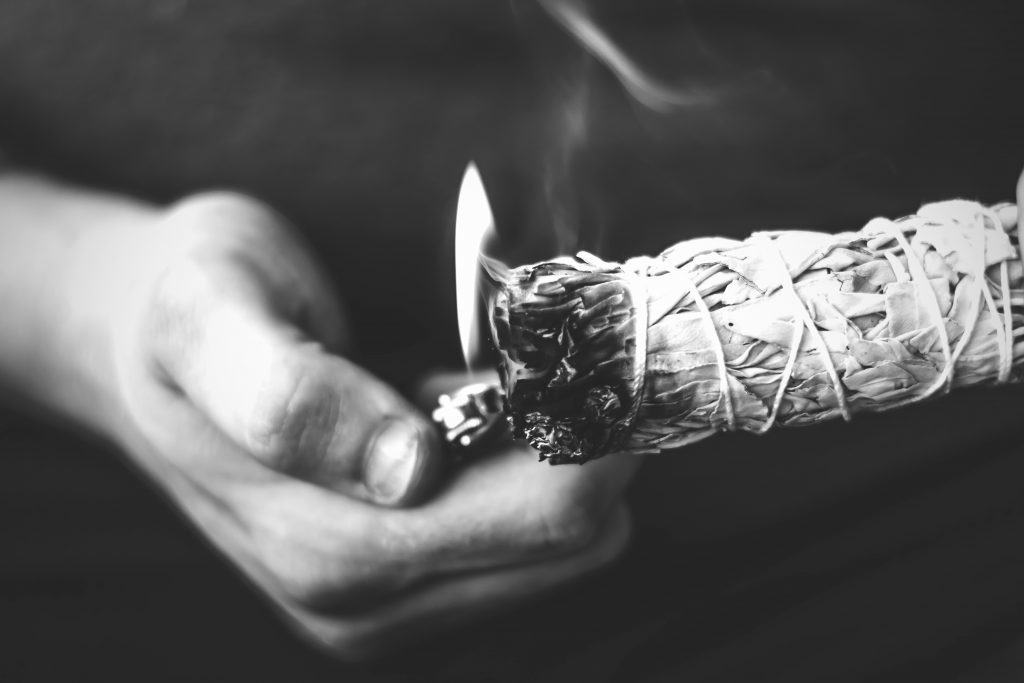Voodoo or Hoodoo?
There is a lot of confusion between what hoodoo and voodoo are—many believe they are one and the same, but as was discovered through the articles on voodoo, they are two separate entities. Louisiana and Haitian Voodoo are the two branches of the voodoo religion practiced by many, whereas hoodoo is not a religion at all. Hoodoo, conjure, and rootwork are all terms used to describe African American folk magic that originated from West Africa. While folk magic practices are wide-spread among the southern United States, they are highly focused within the state of Louisiana. Practitioners of folk-magic are referenced according to their own personal practice—hoodoo, conjure, and rootwork practitioners are called Hoodoos, Conjurers, and Rootworkers respectively—there are of course variations therein, such Root Doctors and Root Healers.
Another important difference is what can be observed when considering how people react toward either of these practices; voodoo is often regarded with disdain and fear, whereas those who practice hoodoo are more frequently thought of as healers or wise herbal doctors. It’s quite interesting to see the different reactions between the two practices, considering the similarities in origin and practice. Hoodoo is a practice derived from West African, Native American, and European sources; rootworkers often refer to what they do as “working the roots,” as it references the roots, or origin, as well as the significance of plants and herbs in this spiritual and magical practice.
Beliefs and Practices
There is a tendency among rootworkers to believe in the indispensable power of their own being, along with the tools that are used within the practice—religion can be considered one of these tools. Despite not being a religious practice, there are very general prayers and religious symbols that can be found intertwined within hoodoo rituals. Not being bound to any one religious practice, it is worth noting that many rootworkers are in fact Protestant Christians or Catholics, while others may have a broad range of belief systems. Petitioning saints and deities, along with prayer are important tools for many, but not all rootworkers opt to incorporate these techniques into their rituals.
Much like voodoo, hoodoo does occasionally get an association with the darker aspects of the human spirit; punishment, revenge, and justice are all valid reasons within hoodoo to perform rituals, just as much as promoting spiritual wellbeing, healing the sick, and love works. The thing that people don’t tend to see is that practices are not simply good or evil—there is no black and white when it comes to magical spiritual practices, as the very nature can vary as wildly as that of a person. The intention behind all magic-related spiritual practices is to enact change within the world in which they live.

Georgia-based author and artist, Mary has been a horror aficionado since the mid-2000s. Originally a hobby artist and writer, she found her niche in the horror industry in late 2019 and hasn’t looked back since. Mary’s evolution into a horror expert allowed her to express herself truly for the first time in her life. Now, she prides herself on indulging in the stuff of nightmares.
Mary also moonlights as a content creator across multiple social media platforms—breaking down horror tropes on YouTube, as well as playing horror games and broadcasting live digital art sessions on Twitch.


